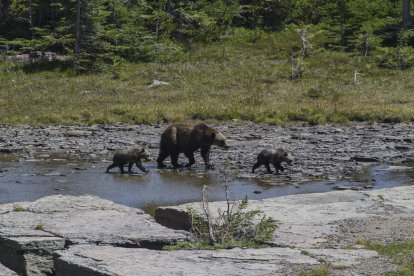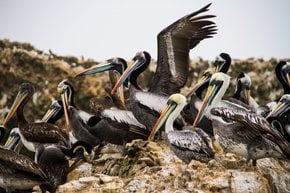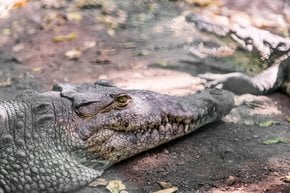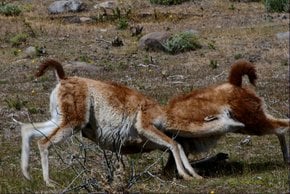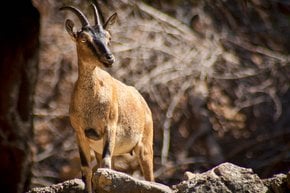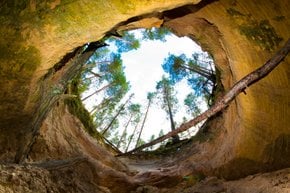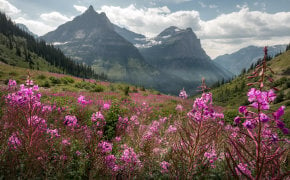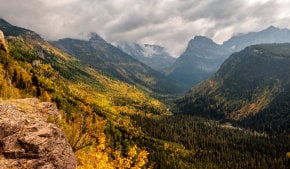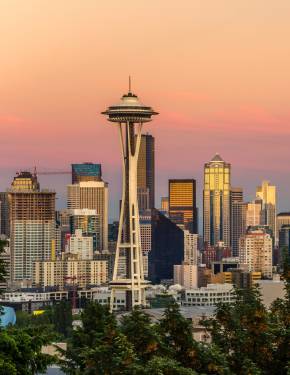Grizzly Bears in Glacier National Park 2026
These top-of-the-food-chain predators impress with their size, speed, and long claws
Best time: April–November
Only about 800 grizzly bears have remained in Montana, and the majority of them live in Glacier National Park, which is rightfully called the bear country. Glacier National Park boasts the largest bear population in the Lower 48 States. A subspecies of brown bears, grizzly are large predators that weigh around 600 lb (272 kg). They are omnivores, feeding on roots, berries, acorns, nuts, mushrooms, insects, and mammals. Sometimes grizzly bears even kill and eat black bears. Grizzlies are also skilled fishers, especially during salmon runs. They have huge claws for digging and a distinctive hump which makes them easy to recognize. They can reach a speed of up to 30 miles per hour (48 km/h). Grizzly bears also have a reputation of being the second most dangerous bear species after the polar bear.
Grizzly hibernate during the winter months, but when the weather starts to warm up in the spring, they emerge from their dens, looking for food. That usually happens in April. Their breeding season lasts from May to July. When temperatures drop, bears go back into hibernation. The cubs are born in January and spend their first months of life in the den.
Encounters with grizzly bears are quite common on the east side of Glacier since bears often descend to lowland meadows and forests searching for food in the summer. The biggest chance to spot a bear is in Many Glacier Area, especially on Grinnell Glacier Trail, Iceberg Lake Trail, Cracker Lake Trail, and Logan Pass. Grizzly sightings have been reported on Highline Trail and Hidden Lake Trail.
Keep in mind that bears are dangerous, so it's prohibited to approach them closer than 100 yards (about 90 meters). Make a lot of noise when hiking in the bear country, so a bear can hear you and run away. If you can't avoid the encounter, use a bear spray to deter bear attacks. Bears are most active early in the morning, late in the day, or after dark.


